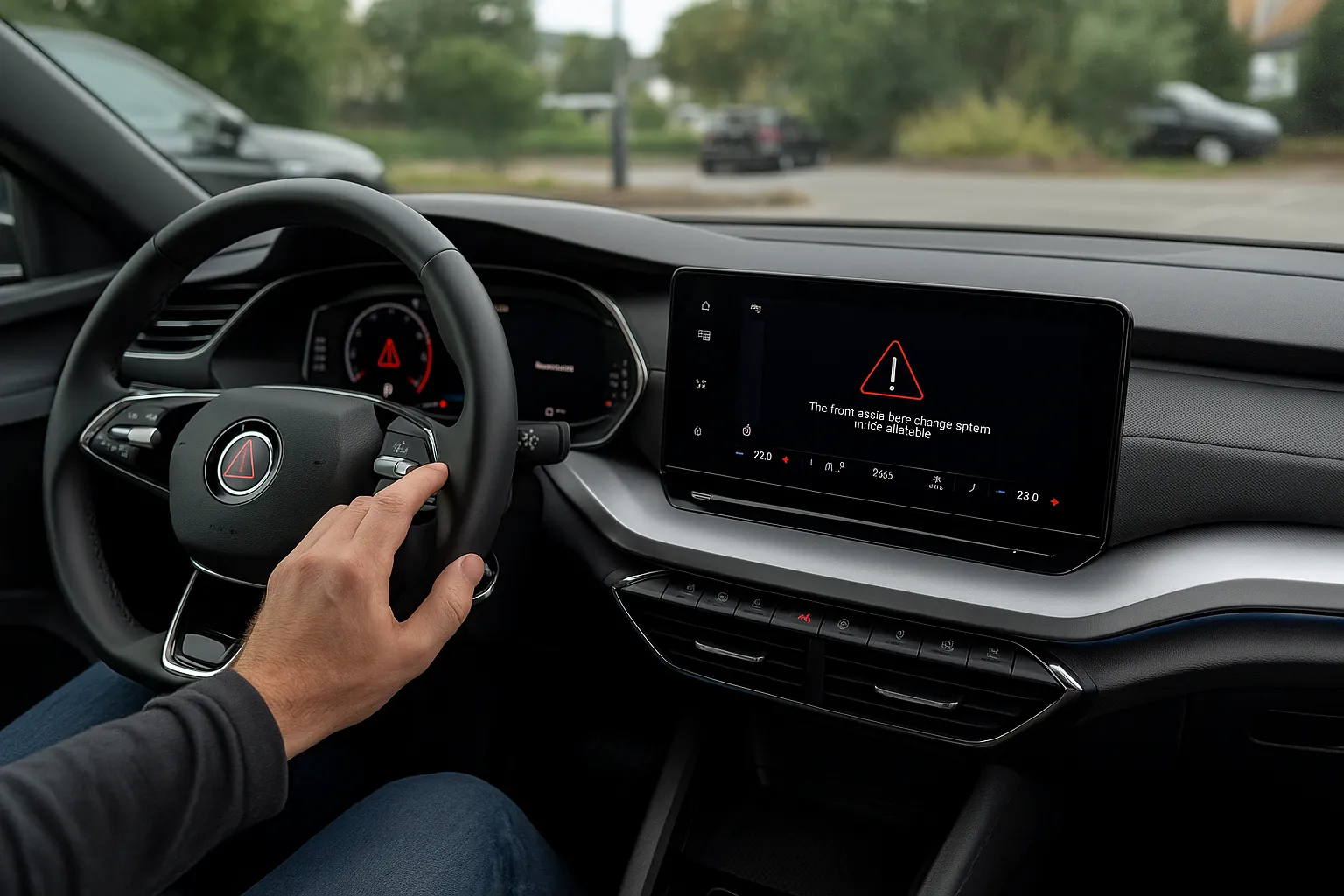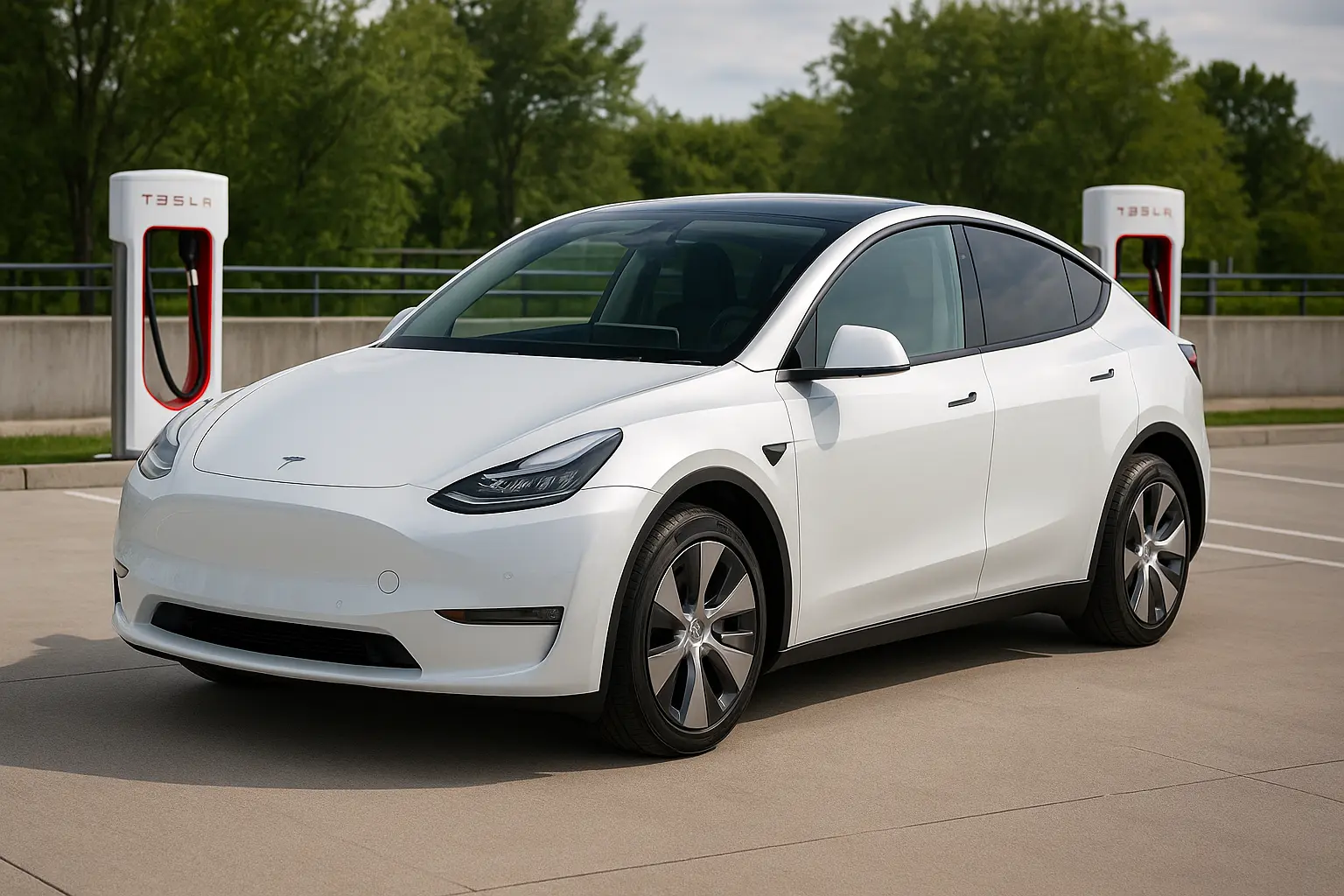Technology Drives Us, But Not Always Smoothly
The automotive landscape in Australia has seen an immense leap in technology. From AI-driven infotainment to semi-autonomous driving systems, 2025 vehicles are more advanced than ever. However, that doesn't mean they're immune to flaws.
As technology becomes a core part of our driving experience, more Australian car owners are encountering tech-related issues — some minor annoyances, others potentially dangerous. In this guide, we’ll dive deep into what Aussie buyers have been reporting across various platforms, forums, reviews, and service records.

1. Infotainment System Glitches – The Most Frequent Complaint
Modern cars come with massive touchscreen displays that control everything from the radio to climate and even driving modes. However, these digital dashboards have become a significant pain point for many.
Top issues reported:
- Freezing or crashing screens
- Slow response times
- Bluetooth connection drops
- Apple CarPlay/Android Auto disconnections
- Unresponsive touch inputs in hot weather
Affected brands in Australia (as per owner forums):
- Ford SYNC4 (particularly in Ranger and Everest)
- Hyundai and Kia's infotainment systems post updates
- Volkswagen’s newer touch-based climate and volume controls
- Mazda CX-5 and CX-60 touchscreen lag in higher trims
Why it happens:
Most of these glitches come down to buggy software updates or hardware that overheats under load, especially during Australia’s hotter months.
2. Advanced Driver Assistance Systems (ADAS) – Not So “Smart” After All
Lane keep assist, adaptive cruise control, blind spot monitoring — these are features Aussies have grown to love. But when they malfunction, it can lead to unsafe situations.
Reported ADAS issues in 2025:
- False braking in adaptive cruise mode
- Lane departure warnings activating without reason
- Radar sensors blocked or dirty triggering system errors
- Inconsistent blind spot monitoring alerts
- Parking sensors giving inaccurate proximity alerts
Real-world scenario:
Many Ford Everest owners in Australia have reported sudden braking on highways when adaptive cruise misreads shadows as obstacles — a potentially dangerous misfire.
3. Connectivity Failures – Phones, Apps, and Networks
Today’s cars are more like smartphones on wheels. But when connectivity doesn’t work, the frustration is immediate.
Top complaints from Aussie drivers:
- Car apps not syncing (e.g., MyToyota, Hyundai Bluelink, Kia Connect)
- Delayed vehicle location updates
- Remote start not responding
- Bluetooth audio skipping or failing to pair
- Over-the-air (OTA) updates stalling or failing
Some users have even reported being locked out of their car’s remote functions because the app wouldn’t load — especially concerning for EVs where remote climate control is key.
4. Sensor Overload – Too Many, Too Sensitive
Modern vehicles are loaded with ultrasonic, radar, and LiDAR sensors. But when they get dirty, misaligned, or overloaded, problems arise.
Most common sensor-related issues:
- Parking sensors constantly beeping in clear spaces
- False collision warnings from front radar sensors
- Autonomous emergency braking activating without cause
- Rear cross-traffic alert confusion at shopping centres
Australian conditions (dirt, dust, salt spray) often interfere with these sensors — especially in utes and 4x4s like the Hilux, Ranger, and LandCruiser 300.
5. EV-Specific Tech Problems – A Growing Concern
With EV adoption surging in 2025, a whole new category of tech bugs has emerged.
Common electric vehicle tech issues:
- Software glitches affecting range display
- Delayed charge port unlocking
- Charge scheduling inconsistencies via apps
- Random resets of infotainment screens during charging
- Over-the-air updates bricking certain features
Models with most reported complaints:
- Tesla Model 3 Highland: Random screen resets
- BYD Atto 3: App connectivity delays
- MG ZS EV: Charging timer failures
- Hyundai Ioniq 5: OTA update crashes
EVs rely heavily on digital architecture, making them especially vulnerable to tech bugs — and often harder to troubleshoot at local service centres unfamiliar with high-voltage systems.
6. Climate Control Issues – No Knobs, Just Problems
Replacing physical climate control knobs with touchscreen menus might look sleek, but many Aussies report it's not practical.
Reported concerns:
- Hard-to-use controls while driving
- Touch input delays leading to overshooting temps
- Climate not syncing between zones
- Heated seats or defrost buttons buried in sub-menus
Brands like Volkswagen and Honda have received criticism for removing tactile controls entirely, which frustrates both younger and older drivers alike.
7. Digital Key Failures – When Phones Replace Fobs
Several brands now offer digital keys — unlocking and starting your car using just your smartphone. But when that tech fails, you're often stranded.
Most common issues:
- App login required in poor signal areas
- Digital key not recognised after phone updates
- Battery drain due to background Bluetooth scanning
- Conflict between multiple users (e.g., family members)
Toyota, Hyundai, and BMW have all seen reported issues in 2025 with digital key reliability. Some owners had to call roadside assistance because the app simply wouldn’t launch.
8. In-Car Voice Assistants – Misunderstood More Than Helpful
Voice commands have improved but are far from perfect. In-car AI like “Hey Mercedes,” “OK Ford,” or “Hey Kia” often fall short.
Common user frustrations:
- Repeated misunderstandings of simple commands
- Failure to recognise Aussie accents
- Too slow to respond or cancel commands
- Triggering commands unintentionally during conversations
In regional Australia, where signal is patchy, many of these systems stop functioning altogether unless they have offline capability.
9. Faulty Instrument Clusters and HUDs (Heads-Up Displays)
Digital instrument panels are replacing analog dials in nearly all new 2025 cars — but they aren’t always reliable.
Reported glitches:
- Display blackout on startup
- Wrong speed being shown (temporary lag)
- HUD ghosting or screen flicker
- Delayed updates of fuel range or trip data
Luxury cars like the Genesis GV60 and Audi Q4 e-tron have seen growing complaints related to their digital dashes — some needing full replacement under warranty.
10. OTA Updates Gone Wrong – When a Fix Breaks More Than It Solves
One of the biggest new frustrations in 2025 comes from over-the-air (OTA) software updates that either:
- Fail midway
- Cause new bugs
- Reset owner preferences
- Disable features temporarily
Examples from 2025:
- Tesla’s update in early 2025 that accidentally disabled rear camera feed for some users
- Ford’s SYNC update that wiped favourite radio presets and profiles
- Hyundai OTA update that caused map display lag for some Kona Electric drivers
Why These Problems Are Growing in 2025
- Too Much Tech, Too Fast: Manufacturers are racing to outdo each other with smart features. Quality control and user testing often fall short.
- Reliance on Connectivity: Cars are no longer isolated machines. Many features now require stable app connections and data signals.
- Software-Led Cars: The software is now as important as the engine. That shift demands constant updates, troubleshooting, and diagnostics — a steep learning curve for many mechanics.
- Climate Factor: Aussie heat, dust, and long distances introduce unique stress points for tech-heavy systems.
What Aussie Car Buyers Can Do
1. Read Real Owner Reviews
Check forums like Whirlpool, ProductReview, and Reddit to hear from actual Aussie drivers about daily tech issues before buying.
2. Take a Thorough Test Drive
Spend time exploring all digital functions, not just the drive feel. Test Apple CarPlay, voice commands, ADAS features, etc.
3. Ask the Dealer
Don’t hesitate to ask if a car’s OTA update history is available or if known tech issues have been resolved in newer builds.
4. Keep Software Updated (but wisely)
If your vehicle supports OTA updates, delay installing until you’ve researched potential bugs in early versions.
5. Stick to Trusted Brands with Good Support
Look for manufacturers that have robust local service networks in Australia and good warranties for electronics (at least 5 years).
Conclusion: Smart Cars, But Still Learning
As we move toward even more connected and autonomous vehicles, tech issues will become part of everyday car ownership. The key for Aussie buyers is to stay informed, be tech-savvy, and treat software with the same importance as traditional mechanical reliability.
Understanding these common 2025 tech problems means you're better prepared to choose a vehicle that offers not just features, but dependable ones.
Leave a comment
Your email address will not be published. Required fields are marked *




















